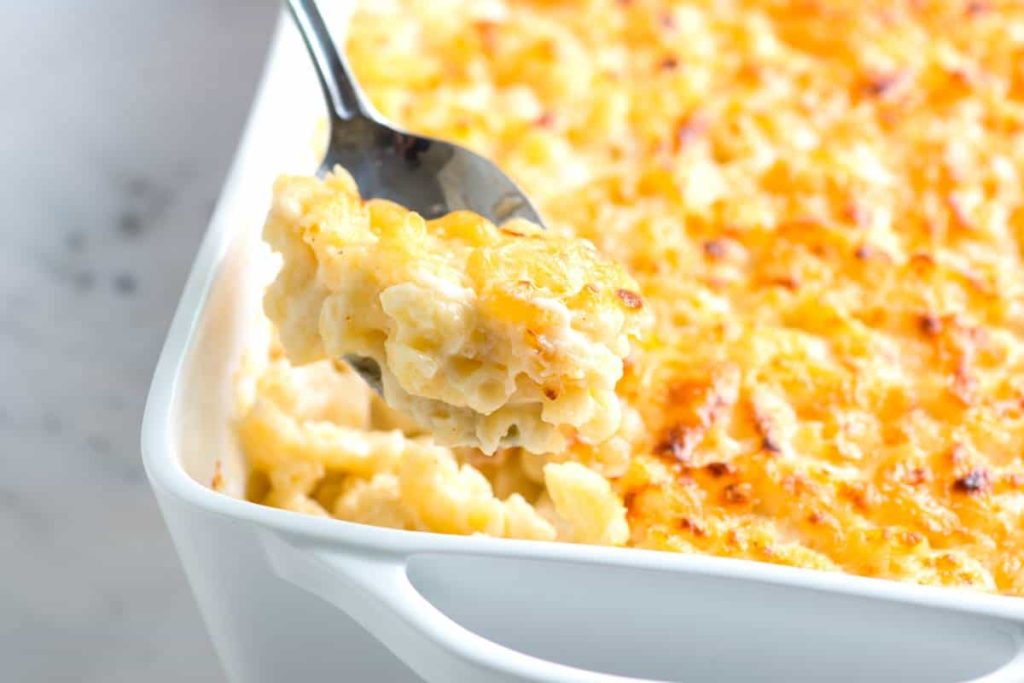If you’re on a quest to create the ultimate homemade mac and cheese, you’ve come to the right place. In this comprehensive guide, we’ll walk you through all the steps and tricks needed to create the perfect bowl of creamy, cheesy goodness. From selecting the right pasta and cheese combinations to mastering the art of the velvety sauce, we’ve got you covered. So get ready to take your mac and cheese game to a whole new level with our ultimate guide. Get those aprons on and let’s dive right in!
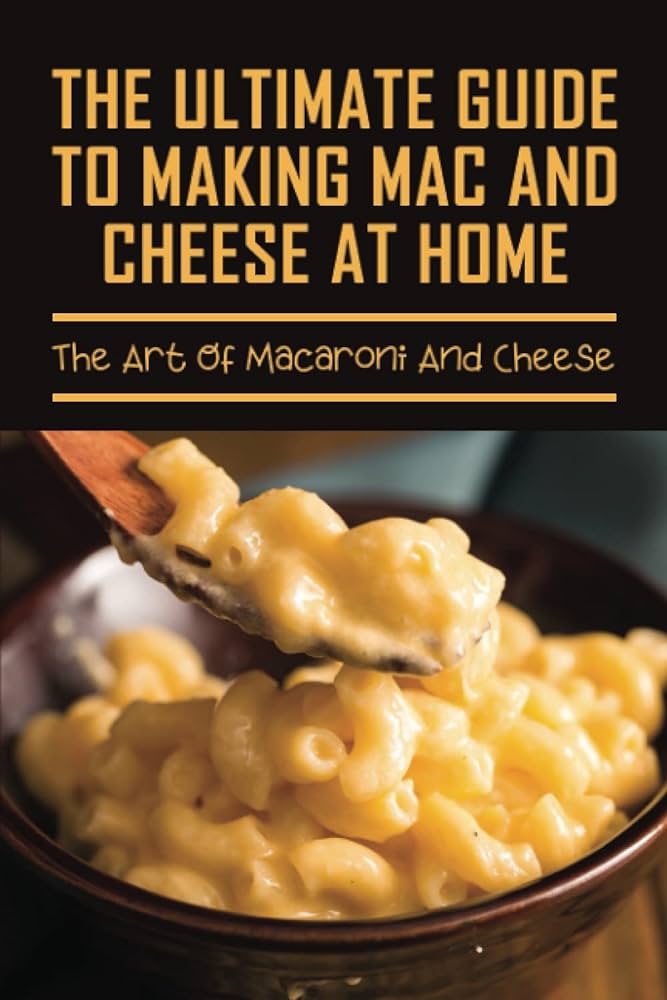
Choosing the Right Cheese
When it comes to making the perfect mac and cheese, one of the most important decisions you will make is choosing the right cheese. The choice of cheese will greatly impact the flavor and texture of your dish. There are countless cheese options available, each with its own unique characteristics.
Understanding Cheese Types: To make an informed decision, it is essential to have a good understanding of the different cheese types. There are three main categories of cheese: soft, semi-soft, and hard. Soft cheeses like cream cheese and goat cheese are smooth and spreadable, while semi-soft cheeses like cheddar and mozzarella are great for melting. Hard cheeses such as Parmesan and Gruyere have a sharper flavor and are ideal for adding a punch of taste to your mac and cheese.
Experimenting with Cheese Combinations: Once you have a basic understanding of cheese types, it’s time to have some fun and experiment with cheese combinations. Mixing different cheeses allows you to create unique flavor profiles and add complexity to your dish. For a classic mac and cheese, combining cheddar and Gruyere gives a delightful balance of creaminess and sharpness. If you want to add a twist, try incorporating a blue cheese like Stilton for a tangy and bold flavor. The possibilities are endless, so don’t be afraid to get creative!
Grating Fresh vs. Using Pre-Shredded Cheese: When it comes to grating your cheese, you may wonder if using pre-shredded cheese is just as good as grating it yourself. While pre-shredded cheese may be convenient, it often contains additives to prevent clumping, which can affect the texture and flavor of your mac and cheese. Grating your cheese fresh from a block ensures that you have full control over the quality and consistency. It may require a bit more effort, but the result is definitely worth it. So take the extra time to grate fresh cheese for a superior mac and cheese experience.
Picking the Perfect Pasta
Choosing the right pasta is just as crucial as selecting the right cheese. The type and shape of pasta you use can greatly impact the overall dish. With so many options available, it’s essential to make an informed decision based on your preference and desired outcome.
Choosing the Right Pasta Shape: Different pasta shapes have different characteristics, and choosing the right one can enhance your mac and cheese. For a traditional mac and cheese, elbow macaroni is the go-to option. Its small curved shape and hollow center are ideal for capturing the cheesy sauce, giving you a perfect bite every time. If you want a twist on the classic, try using cavatappi or fusilli pasta. Their spiral shapes hold onto the sauce, allowing for an even distribution of cheesy goodness.
Cooking Pasta to Al Dente: To achieve the perfect texture, it is important to cook your pasta to al dente, which means “to the tooth” in Italian. Al dente pasta has a slight firmness when bitten into and is not overly soft or mushy. Overcooking the pasta can lead to a gummy mac and cheese, so make sure to follow the cooking instructions on the package and test the pasta for doneness a couple of minutes before the suggested cooking time.
Rinsing or Not Rinsing the Pasta: There is an ongoing debate about whether or not to rinse cooked pasta. In the case of mac and cheese, it is generally recommended not to rinse the pasta. Rinsing removes the starch from the pasta, which helps the sauce cling to the noodles. By keeping the starch intact, you ensure a creamier and more flavorful mac and cheese. So save the rinsing for other pasta dishes and skip it when making mac and cheese.
Creating a Flavorful Base
While cheese takes the center stage in mac and cheese, creating a flavorful base is equally important. The base sets the foundation for the dish and ensures that each bite is packed with deliciousness. Here are some tips for building a flavorful base for your mac and cheese.
Selecting the Right Butter: Butter plays a crucial role in the base of your mac and cheese. It adds richness and a velvety texture to the dish. When selecting butter, opt for unsalted butter to have better control over the saltiness of your mac and cheese. Allow the butter to melt slowly over low heat to avoid browning or burning.
Using High-Quality Milk or Cream: Choosing high-quality milk or cream is essential for achieving a creamy and luxurious base. Whole milk or heavy cream works best as it contains a higher fat content, resulting in a richer mac and cheese. Avoid using low-fat or skim milk, as it can lead to a thinner and less decadent sauce.
Adding Flavorful Spices and Herbs: To take your mac and cheese to the next level, don’t forget to incorporate flavorful spices and herbs into your base. Garlic powder, onion powder, paprika, and mustard powder are popular choices that add depth and complexity to the sauce. Fresh herbs like thyme, parsley, or chives can also provide a burst of freshness. Experiment with different combinations to find your perfect blend of flavors.
Mastering the Cheese Sauce
The cheese sauce is the heart and soul of mac and cheese. Getting it right is essential for a truly exceptional dish. Here are some tips for mastering the cheese sauce.
Using a Bechamel Sauce Base: A classic mac and cheese starts with a bechamel sauce, a white sauce made from butter, flour, and milk. This velvety smooth base serves as a canvas for the cheese to shine. To make a bechamel sauce, melt butter in a saucepan over medium heat, then whisk in flour to create a roux. Gradually add milk while whisking continuously until the sauce thickens. This base provides the perfect texture and stability for your cheese sauce.
Balancing Cheese and Sauce Ratios: Finding the right balance between cheese and sauce is crucial for a well-rounded mac and cheese. Too much cheese can overpower the dish, while too little can result in a bland sauce. Aim for a ratio of approximately 2 cups of cheese for every 2 cups of sauce. This allows for a rich and creamy sauce without overpowering the pasta.
Tips for a Smooth and Creamy Sauce: To ensure a smooth and creamy cheese sauce, there are a few tricks you can employ. Firstly, shred your cheese finely or use grated cheese for faster melting and a smoother consistency. Secondly, gradually add the cheese to the sauce, allowing each addition to fully melt before adding more. Lastly, remove the sauce from heat before adding the cheese to prevent the sauce from becoming grainy.
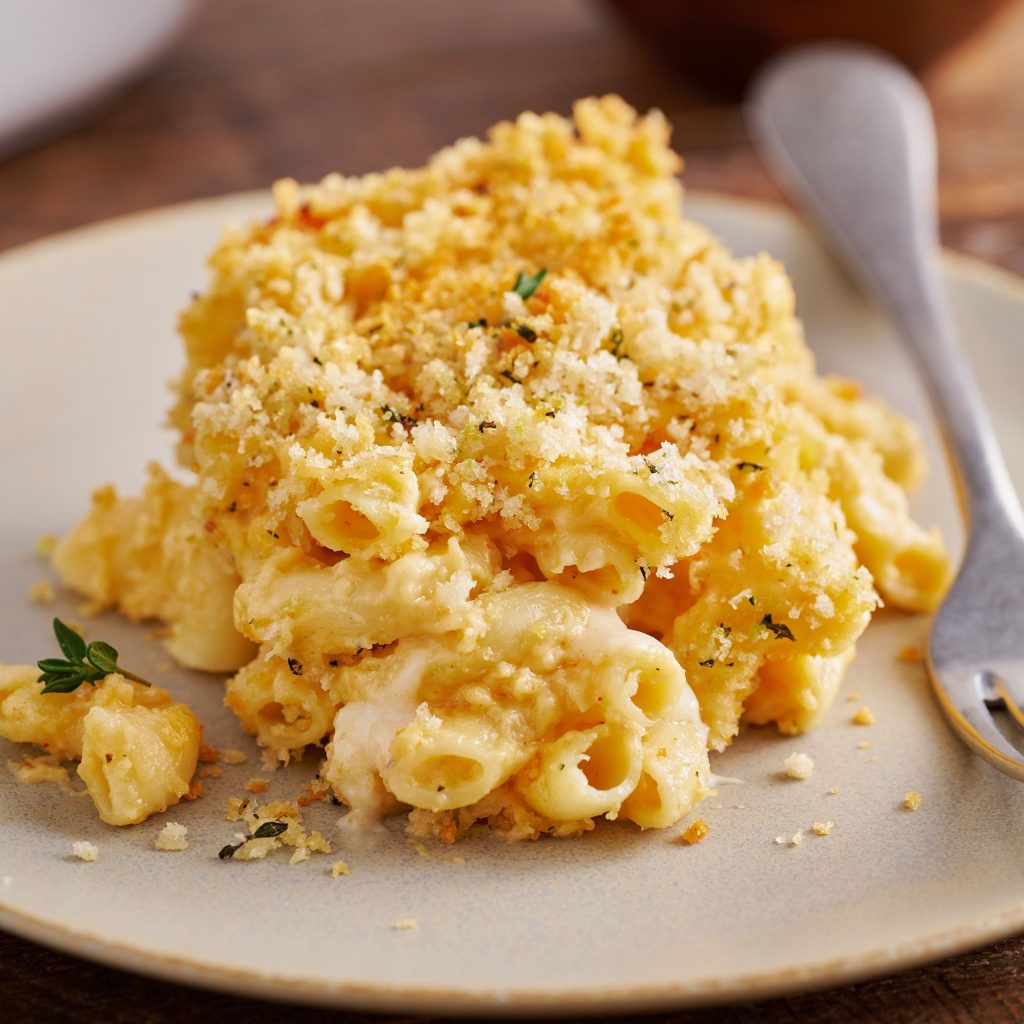
Adding Toppings and Mix-ins
Adding toppings and mix-ins can take your mac and cheese to a whole new level of deliciousness. They can provide additional texture, flavor, and visual appeal to your dish. Here are some ideas to inspire your creativity.
Crunchy Breadcrumb Topping: For a satisfying crunch, consider topping your mac and cheese with breadcrumbs. Toast the breadcrumbs in a little butter until golden brown and sprinkle them over the cheesy goodness before baking. The breadcrumbs provide a contrast to the creamy sauce and add a delightful texture to each bite.
Bacon and Ham for Added Savoryness: For those who love savory flavors, bacon and ham are excellent choices for mix-ins. Cook the bacon until crispy or dice up some leftover ham and add them to your mac and cheese before baking. The salty and smoky flavors of these meats will complement the cheesy sauce and take your dish to new heights.
Mixing in Vegetables for Extra Nutrition: If you’re looking to add some nutritional value to your mac and cheese, consider mixing in vegetables. Steamed broccoli, sautéed mushrooms, or roasted bell peppers are great options that not only provide vitamins and minerals but also add a burst of color and flavor. Cut the vegetables into bite-sized pieces and stir them into the mac and cheese before baking.
Baking or Stovetop?
Once you have prepared your mac and cheese, the question arises: should you bake it or keep it on the stovetop? Both methods have their advantages and can result in delicious mac and cheese, so let’s weigh the pros and cons of each.
The Pros and Cons of Baking: Baking your mac and cheese provides a few benefits. Firstly, it creates a golden crust on top, adding a delightful crunch to each bite. Baking also allows the flavors to meld together and develop a deeper complexity. However, baking can result in slightly drier mac and cheese, as the heat can evaporate some of the moisture from the sauce. To prevent this, consider adding a little extra sauce or covering the dish with foil while baking to retain moisture.
The Pros and Cons of Stovetop: Cooking your mac and cheese on the stovetop has its advantages as well. It allows for a quicker preparation, as there is no need to wait for the dish to bake. Stovetop mac and cheese also tends to be creamier and retains more moisture. However, without the baking process, you miss out on the golden crust and the melding of flavors that baking offers. Ultimately, it comes down to personal preference. If you prefer a creamier and faster mac and cheese, stovetop is the way to go. If you enjoy the contrast of textures and additional depth of flavor, baking is the way to go.
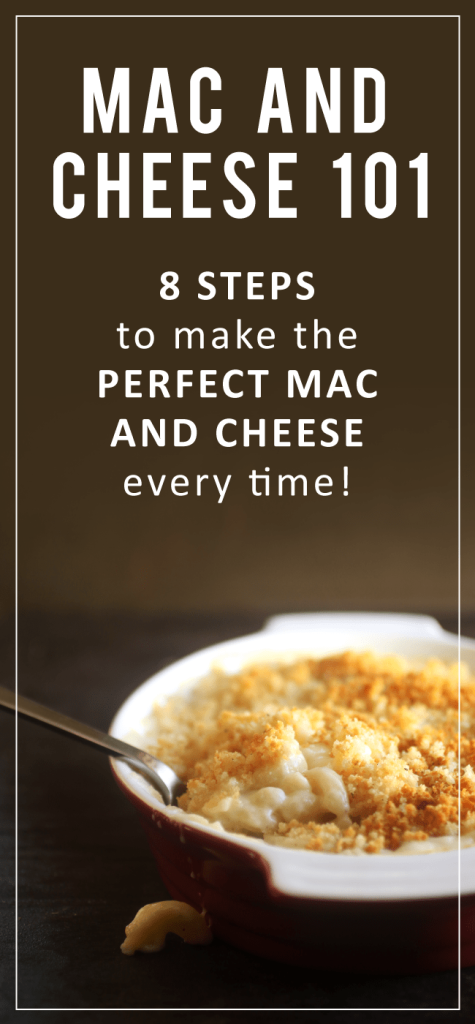
Achieving the Perfect Texture
The texture of mac and cheese is crucial to its overall enjoyment. Nobody wants a gummy or mushy dish. Here are some tips for achieving the perfect texture in your mac and cheese.
Avoiding a Gummy Texture: To avoid a gummy texture in your mac and cheese, it’s essential not to overcook the pasta. Remember to cook the pasta to al dente, as mentioned earlier, to ensure it retains a slight firmness when cooked with the cheese sauce. Overcooking the pasta can cause it to absorb too much moisture from the sauce, resulting in a sticky and unappetizing texture.
Creating a Creamy and Velvety Texture: To achieve a creamy and velvety texture, it’s important not to skimp on the cheese or the sauce. Use an adequate amount of cheese to create a rich and indulgent sauce. Additionally, ensure that your sauce has the right consistency by adjusting the amount of milk or cream used. A sauce that is too thin can result in a runny mac and cheese, while a sauce that is too thick can make the dish heavy and overpowering.
Getting a Golden and Crispy Texture: If you opt for baking your mac and cheese, achieving a golden and crispy texture is the goal. To ensure a crispy topping, sprinkle breadcrumbs or grated cheese over the top before baking. The broiler setting can be used for the last few minutes of baking to achieve a beautiful golden crust. Be careful not to burn the topping, so keep a close eye on it during this final step.
Avoiding Common Mac and Cheese Mistakes
Even the most seasoned home chefs can make mistakes when preparing mac and cheese. Here are a few common pitfalls to avoid to ensure your dish turns out perfectly every time.
Preventing Separated Cheese Sauce: There’s nothing more disappointing than a cheese sauce that separates and becomes greasy. To prevent this, be sure to gradually add the cheese to the sauce, as mentioned earlier, and remove the sauce from heat before stirring in the cheese. The residual heat will melt the cheese smoothly and prevent it from clumping or separating.
Preventing Dry and Overcooked Pasta: Overcooking the pasta can result in a dry and mushy mac and cheese. To prevent this, always cook your pasta to al dente, as we discussed earlier. It’s also a good idea to slightly undercook the pasta, as it will continue to cook when mixed with the sauce or baked.
Avoiding a Greasy Finish: Using excessive amounts of butter or high-fat cheeses can lead to a greasy finish in your mac and cheese. Remember to use the recommended measurements and ratios for butter and cheese. If your dish turns out greasy, gently blot the excess oil with a paper towel before serving to remove any excess grease.
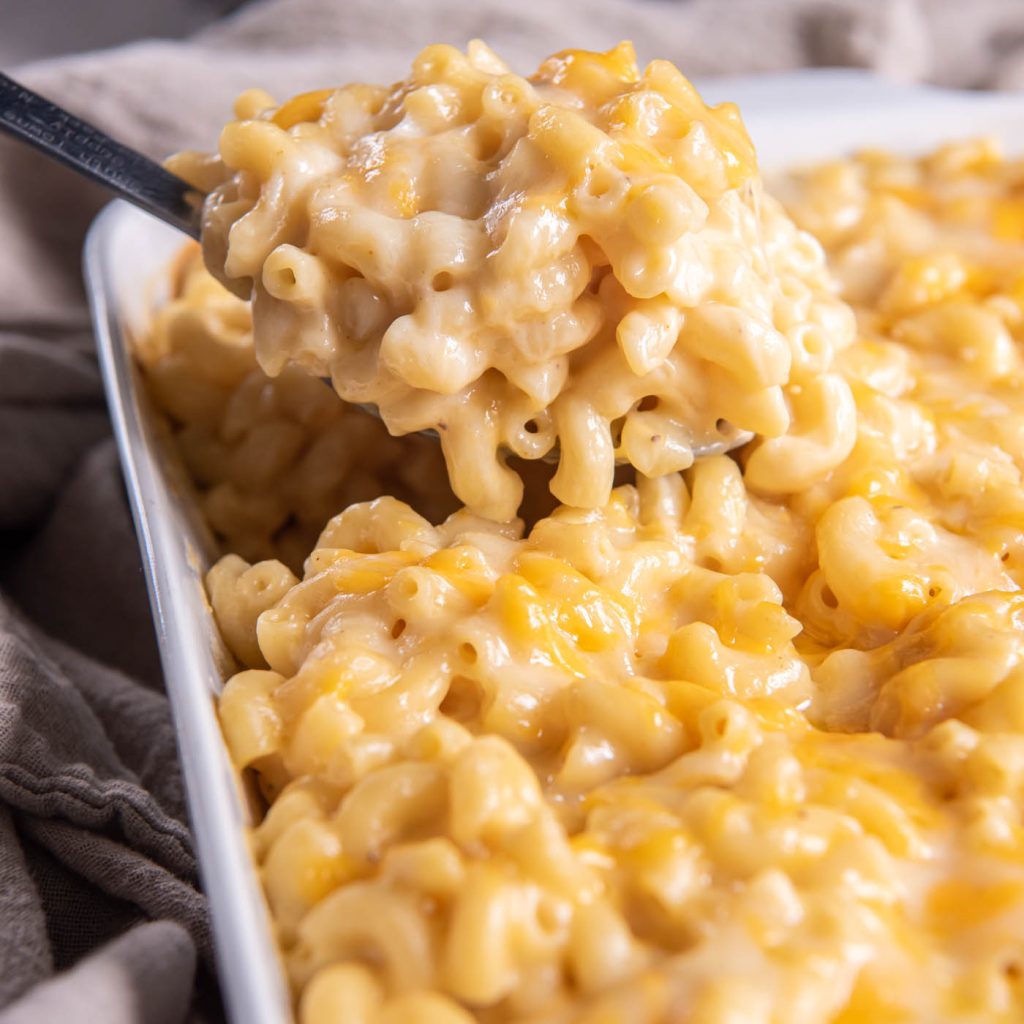
Storage and Reheating Tips
If you find yourself with leftovers or want to prepare your mac and cheese ahead of time, proper storage and reheating techniques are essential to maintain its freshness and flavor.
Proper Storage to Maintain Freshness: To store leftover mac and cheese, transfer it to an airtight container and refrigerate it promptly. Mac and cheese can be stored in the refrigerator for up to three to four days. Be sure to cover the dish tightly to prevent any moisture loss or absorption of odors from other foods in the fridge.
Reheating Techniques for Creamy and Delicious Leftovers: To reheat mac and cheese, it’s best to use gentle heat to avoid drying out the sauce. One method is to reheat in the microwave, using short bursts of heating and stirring in between to ensure even heat distribution. Alternatively, you can reheat on the stovetop by adding a little milk or cream to the pot and stirring gently until heated through. This will help restore the creamy texture and ensure that your leftovers taste just as delicious as the first time.
Freezing Options and Recommendations: If you have a large batch of mac and cheese or want to make a freezer-friendly meal, freezing is an excellent option. Mac and cheese can be frozen before or after baking, depending on your preference. For unbaked mac and cheese, prepare the dish as usual, let it cool completely, and cover tightly with foil or plastic wrap. It can be frozen for up to three months. When ready to bake, thaw the dish in the refrigerator overnight and then bake as directed. For already baked mac and cheese, divide it into portions, place them in freezer-safe containers, and freeze. Thaw overnight in the refrigerator and reheat in the oven or microwave.
Serving Suggestions with a Twist
While mac and cheese is delicious on its own, you can elevate it further by adding a twist with gourmet ingredients or serving it in unique ways.
Adding a Twist with Gourmet Ingredients: For a touch of gourmet, consider adding unique ingredients to your mac and cheese. Truffle oil, caramelized onions, roasted garlic, or sun-dried tomatoes can elevate the flavors and take your dish to a whole new level. Be creative and experiment with different gourmet ingredients to find your personal favorite combination.
Serving Mac and Cheese as a Main Dish: Mac and cheese doesn’t have to be limited to a side dish. With the right additions, it can take center stage as a satisfying main course. Serve it with a side salad or some roasted vegetables to create a well-rounded meal. You can also add proteins like grilled chicken, crispy bacon, or shrimp to make it more filling and substantial.
Fun Mini Mac and Cheese Bites for Parties: For a fun twist on traditional mac and cheese, consider making mini mac and cheese bites. Using a muffin tin, fill each cup with a spoonful of mac and cheese and bake until golden and crispy. These bite-sized portions are perfect for parties or gatherings, as they are easy to serve and eat. You can also offer a variety of toppings like chopped herbs, crispy bacon bits, or shredded cheese for your guests to customize their own mini mac and cheese bites.
By following this comprehensive guide, you’ll be well on your way to perfecting your homemade mac and cheese. Enjoy experimenting with different cheese types, pasta shapes, and toppings to create your signature dish. Whether you prefer your mac and cheese creamy and velvety or with a golden and crispy topping, there’s no doubt that this beloved comfort food will always hit the spot. So gather your ingredients and get ready to embark on a mac and cheese adventure in your very own kitchen!
